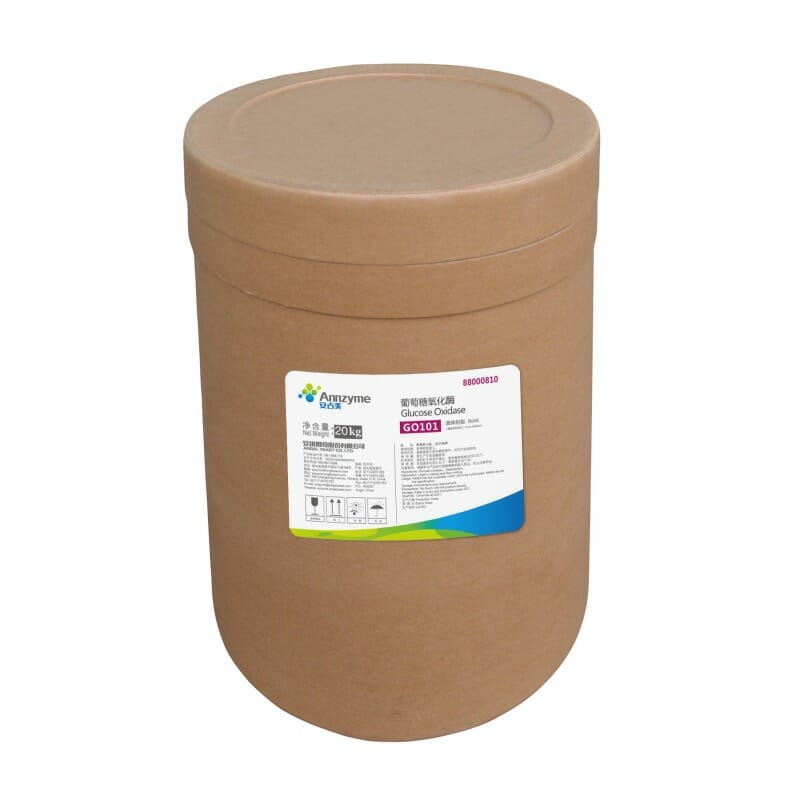SPOILER ALERT!
Streptomyces Griseus Synonyms, Streptomyces Griseus Antonyms
enzymes.bio onto the final Penassay plate in a similar method. Incubate at 30°C for 5-7 days.
This AIA plate was inoculated with soil from near Hayward Wisconsin. The plate was incubated at 30°C for one week.
Streptomyces species are the white and colorful chalky trying colonies. Streptomyces is the type genus of the household Streptomycetaceae and at present covers close to 576 species with the quantity increasing yearly. Acidophilic and acid-tolerant strains that have been initially classified beneath this genus have later been moved to Kitasatospora and Streptacidiphilus . Species nomenclature are usually based mostly on their colour of hyphae and spores. Streptomyces coelicolor has a singular bacteriophage resistance system, designed to ward of the temperate bacteriophage phiC31.
Because streptomycetes inhabit soil, they're mainly phytopathogens, identified for attacking root greens, similar to potatoes, beets, radishes, rutabaga, turnips, carrots, and parsnip. Most generally found on potatoes, Streptomyces scabies creates a condition often known as "frequent scab," which manifests itself as sores on the exterior floor of the potato. The scabs don't hurt the meat on the the inside of the potato however create an extremely disagreeable look that devalues the potato.
The phage growth limitation system of Streptomyces coelicolor causes phages replicated in a streptomycete cell to become modified, which prompts a mechanism to inhibit phage development on reinfection of the same host. Essentially, they manufacture immunity in direction of bacteriophages.

This AIA plate was inoculated with soil from near Hayward Wisconsin. The plate was incubated at 30°C for one week.
Streptomyces species are the white and colorful chalky trying colonies. Streptomyces is the type genus of the household Streptomycetaceae and at present covers close to 576 species with the quantity increasing yearly. Acidophilic and acid-tolerant strains that have been initially classified beneath this genus have later been moved to Kitasatospora and Streptacidiphilus . Species nomenclature are usually based mostly on their colour of hyphae and spores. Streptomyces coelicolor has a singular bacteriophage resistance system, designed to ward of the temperate bacteriophage phiC31.
Because streptomycetes inhabit soil, they're mainly phytopathogens, identified for attacking root greens, similar to potatoes, beets, radishes, rutabaga, turnips, carrots, and parsnip. Most generally found on potatoes, Streptomyces scabies creates a condition often known as "frequent scab," which manifests itself as sores on the exterior floor of the potato. The scabs don't hurt the meat on the the inside of the potato however create an extremely disagreeable look that devalues the potato.
The phage growth limitation system of Streptomyces coelicolor causes phages replicated in a streptomycete cell to become modified, which prompts a mechanism to inhibit phage development on reinfection of the same host. Essentially, they manufacture immunity in direction of bacteriophages.

